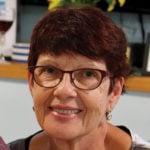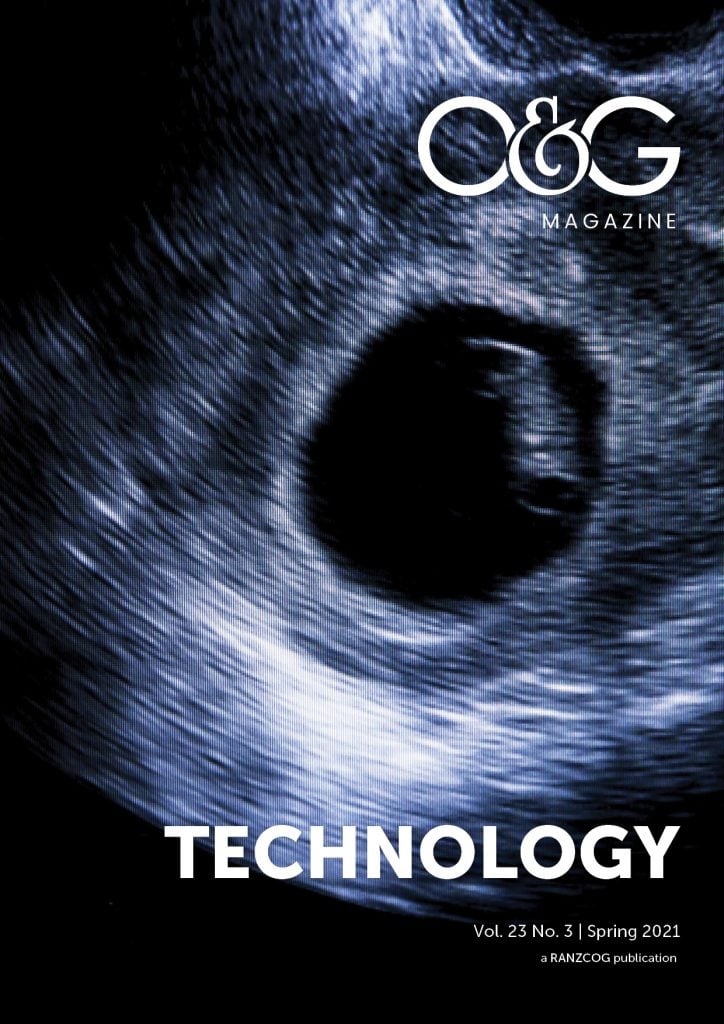Immediately prior to writing this précis, I was sitting in front of my open fireplace staring into the billowing, almost magical, flames in the same way as our ancestors had done over the millennia. Fire has been one of mankind’s greatest discoveries – immutable, unable to be improved upon. This is in stark contrast to the rapidly changing medical landscape.
The 20th century brought us great advances in many areas of medicine, such as the discovery of X-rays, antibiotics, radiotherapy, chemotherapy, immunisation and heart surgery (to name just a few), as well as advances in surgery and anaesthesia.
John and I were interns in 1980. Simple things taken for granted today were not available to us. Blood tests were taken by students or junior doctors who had to write the patient details on forms and blood vials as there were no patient labels. There were no mobile phones or personal computers. There were pagers (bleeps) and hospital telephonists were key to the function of the hospital. Clinical diagnosis reigned supreme with only as much investigatory backup as was available in your workplace. My first year as a house surgeon was in small New Zealand city with no radiologists on site and X-ray reports arrived about three weeks after the clinical event, (eg. ?head or spinal fracture). There were no faxes, and ECGs had to be described in detail over the phone and reviewed by the senior doctor the following day. Information was from textbooks and the clinical knowledge of our seniors. In Sydney at that time there were only four CT scanners to cover the city, so their services were a premium and largely used for diagnosis of intracranial conditions with nuclear scans and air encephalograms the only other diagnostic modalities available. As a medical registrar the autopsy room was often a lunch time destination in an attempt to correlate pathology with clinical presentation, as there were no scans to back up your best diagnostic guesses.
Ultrasound, even though discovered in the 60s, was essentially only used for obstetrics, but we were actively discouraged from using it with our patients unless there was a very strong reason to do so. Fetal growth restriction for example was diagnosed using the tape measure and serial serum oestriol and human placental lactogen guided clinical decision making. Often women went through their pregnancy without a single ultrasound! At times a twin pregnancy was only diagnosed after delivery of the first baby. I delivered a second twin after the midwife had given the ecbolic on two occasions, illustrating the dangers of undiagnosed twin pregnancies.
Gynaecological diagnosis was largely via laparoscopy, which involved the surgeon looking down a telescope without magnification, using a gas machine that had difficulty maintaining an adequate pneumoperitoneum with no one else in the room seeing what was happening. Laparotomy was needed for diagnosis rather than just for treatment after appropriate imaging and blood work up.
How times have changed. Not only are mobile phones universal but ultrasound machines have contracted in size and are readily available.
We all appreciate these advances, especially to make diagnosis more accurate, but we have to remember the ‘sting in the tail’ that is overdiagnosis, as diagnostic modalities become more available and used for our protection, ‘not missing something’. This unfortunately common situation can unnecessarily burden patients with a condition that would have left them unharmed long term.
There have been technological advances that have had major benefits for women in diagnosis and management. This is especially evident in fertility management, imaging and minimally invasive surgery with pre- and intra-operative optimisation.
Information is readily available, but it is important to understand levels of evidence and that along with good quality information there is ‘fake news’ with people pushing unsupported ideas. As health practitioners we have a responsibility to guide women to appropriate resources.
The information and technology explosion appears from our perspective to have negatively impacted on the importance of a thorough history from the woman and her family with examination to confirm or deny possible diagnoses and then to clarify with investigations. Effective communication remains our most valuable clinical tool.
This issue of O&G Magazine takes us out of an age where medicine was an art to where medicine has become more scientific, enhanced by technology in its exponential advance. Technology is not just machines, it’s also chemistry, physics, computing and social expectations. Hence, we have articles on advances in surgical techniques such as laparoscopy and endometrial ablation (machines); articles on NIPT and PERT prediction (chemistry); an article on interventional radiology made possible by the ability to produce smaller and smaller tubes (physics and chemistry); articles on AI and technologies we take for granted (computing) and an article on educational apps (social expectations and computers). To protect our careers, there is also a great article on the ethics of innovation and the associated legal considerations.
We finally would like to thank the authors and the time and effort they put into educating us all.







Leave a Reply